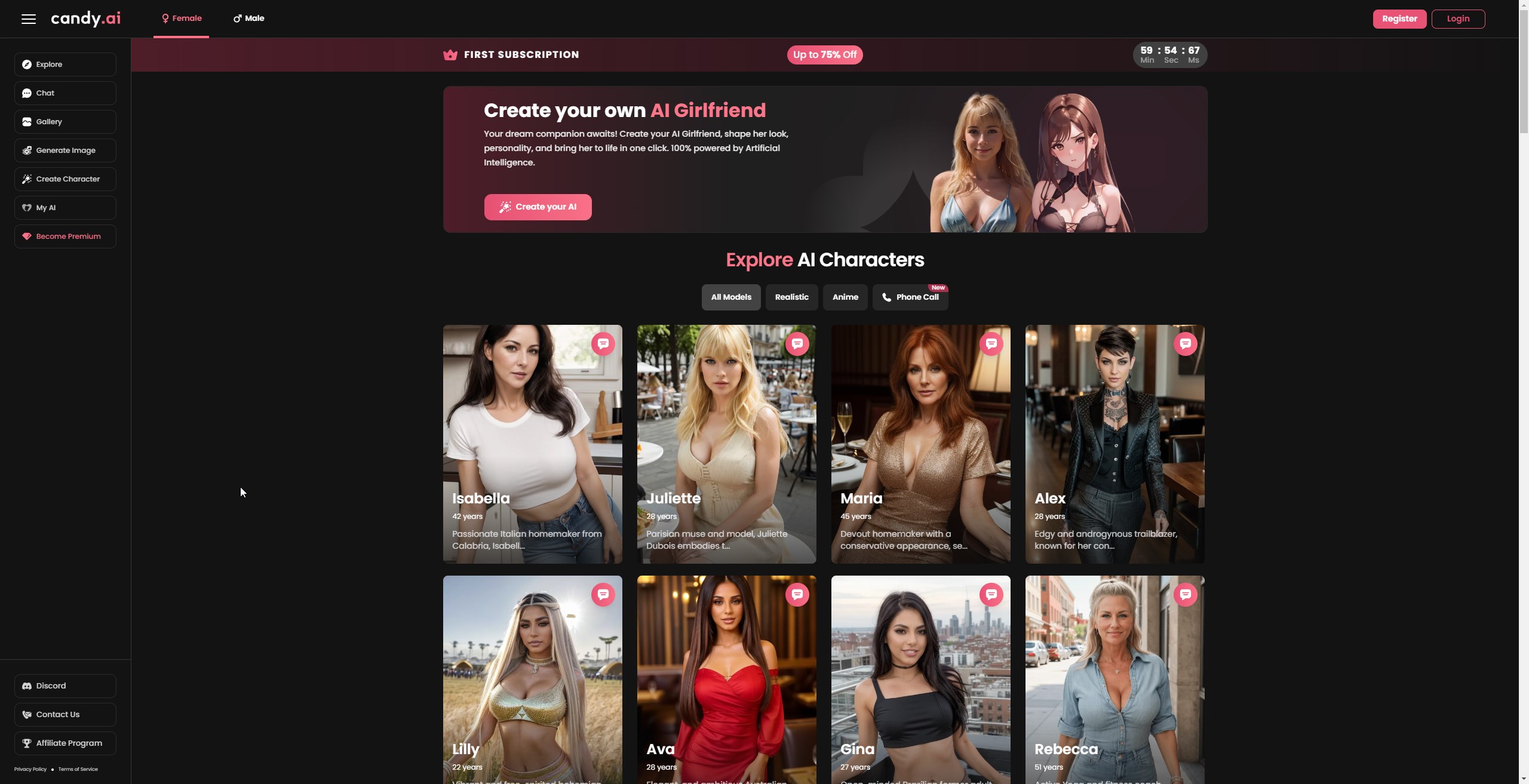The Controversial Appeal of Ai Cameltoe: A Look at Its Impact on Body Image
To some, the term Ai cameltoe may be unfamiliar and even bizarre. However, to others, it has become a popular trend that is sparking controversy and raising important questions about body image in today’s society. With its increasing presence on social media and in fashion, this phenomenon deserves closer examination and analysis.
The Controversial Appeal of AI Cameltoe: A Look at Its Impact on Body Image
The rise of artificial intelligence (AI) has brought about countless advancements and innovations in various industries. From self-driving cars to virtual assistants, AI technology has been integrated into our daily lives in ways we never thought possible. However, one particular aspect of AI that has sparked controversy and debate is its use in altering and enhancing physical appearances – specifically, the creation of AI cameltoe.
What is AI Cameltoe?
AI cameltoe refers to the use of artificial intelligence to digitally alter images or videos to make a person’s genital area appear more prominent, defined, or symmetrical. This trend gained popularity through social media platforms such as Instagram and TikTok, where influencers and celebrities began sharing photos and videos showcasing their artificially enhanced cameltoes. After extensive testing and fine-tuning, the creators of the revolutionary artificial intelligence-powered dating application are confident that their app will bring a new level of compatibility and success to online dating.
While some may argue that this is simply another form of body modification or enhancement, others see it as a dangerous trend that perpetuates unrealistic beauty standards and objectifies women’s bodies.
The Controversy Surrounding AI Cameltoe
The use of AI cameltoe has sparked heated debates among proponents and critics alike. On one hand, supporters argue that it is simply a form of creative expression and that individuals have the right to modify their bodies as they please. They also point out that traditional methods such as cosmetic surgery carry much higher risks compared to using AI technology.
On the other hand, critics argue that the widespread promotion of artificially altered genitalia reinforces unhealthy expectations for body image. They warn that this trend could lead to an increase in body dysmorphia disorders among young people who are already bombarded with unrealistic beauty standards through social media.
The Pros and Cons of Three Popular AI Cameltoe Apps
Pros:
- No invasive procedures or risks associated with traditional body modifications
- Provides options for customization and control over the level of enhancement
- Allows for easy and quick modification of images and videos
Cons:
- May lead to a rise in body dysmorphia disorders among young people
- Potentially contributes to unhealthy body image expectations
- Risks promoting objectification and sexualization of women’s bodies

Candy.ai: The Pioneer of AI Cameltoe Technology
Candy.ai is often credited as the first app to offer AI cameltoe technology, launching in 2020. Users can upload photos or videos to the app and choose from various options to enhance their cameltoe appearance. The app also offers filters, editing tools, and social media sharing capabilities.
The Pros and Cons of Candy.ai
Pros:
- Pioneer in AI cameltoe technology, providing users with a variety of options for enhancement
- User-friendly interface allows for easy editing and sharing on social media platforms
- No cost for basic features, with additional premium features available for purchase.
Cons:
- Risks contributing to objectification and sexualization of women’s bodies through widespread use of the app by influencers and celebrities.
- Lack of regulation or oversight on how the technology is used, potentially leading to harmful content being created and shared.
- Potential negative impact on self-esteem and body image of both users and viewers
Seduced.ai: The Controversial App That Took AI Cameltoe Too Far?
Seduced.ai gained notoriety in 2022 for its controversial use of AI technology to alter and enhance the genitalia of individuals without their consent. The app allows users to upload photos or videos of people they are attracted to and then uses AI technology to create a perfect cameltoe appearance.
The Pros and Cons of Seduced.ai
Pros:
- Utilizes advanced AI technology to create an extremely realistic-looking cameltoe appearance
- No invasive procedures or risks involved compared to traditional body modifications
- Offers a level of customization and control over the enhancement process.
Cons:
- Risks driving a toxic culture of unrealistic body expectations, particularly among young people
- Lack of regulations or safeguards on how the technology is used, increasing the potential for harm.
- Promotes objectification and sexualization of individuals without their consent

PromptChan: The Latest Contender in the AI Cameltoe Industry
PromptChan entered the market in 2024 as a new player in the world of AI cameltoe. It offers users various options for enhancing their genitalia’s appearance through digital editing tools, filters, and preset templates.
The Pros and Cons of PromptChan
Pros:
- No cost for basic features, with additional premium features available for purchase.
- Offers a wide range of options for modifying images or videos, including unique preset templates
- User-friendly interface with easy sharing capabilities on social media platforms
Cons:
- Risks contributing to the objectification and sexualization of women’s bodies through widespread use by influencers and celebrities
- Lack of oversight and regulations on how the technology is used, increasing the potential for harm.
- Potential negative impact on self-esteem and body image of both users and viewers
The Impact of AI Cameltoe on Body Image
It is undeniable that AI cameltoe has had a significant impact on body image perceptions in today’s society. The constant exposure to images and videos featuring heavily altered genitalia can lead to unrealistic expectations for one’s own body, causing individuals to feel dissatisfied with their appearance.
Moreover, this trend also perpetuates harmful ideals surrounding beauty standards, particularly for women. It reinforces the notion that one needs to have a perfect and symmetrical cameltoe to be considered attractive or desirable. This can lead to low self-esteem, body dysmorphia disorders, and even dangerous attempts at achieving these unattainable standards.
The Possible Solutions
As with any controversial issue, there are no easy solutions. However, some steps can be taken to address the negative impact of AI cameltoe on body image.
- Inclusivity: The beauty industry as a whole should strive towards promoting inclusivity and diversity in all forms. This would help break down narrow beauty standards and create more realistic representations of bodies.
- Regulation: Governments should consider implementing regulations or guidelines for apps that offer AI cameltoe technology. This could include age restrictions, content moderation policies, and penalties for promoting harmful content.
- Educating Users: App developers could provide more information about the potential consequences of using their technology. This could involve warnings about promoting unhealthy body image expectations or encouraging objectification.
Final Remarks
The rise of AI cameltoe technology has undoubtedly sparked controversy and debate. While some see it as just another form of body enhancement, others warn against its potential negative impact on body image perceptions. Candy.ai, Seduced.ai, and PromptChan are just a few examples of apps that offer AI cameltoe technology, each with their own pros and cons.
As we move towards a more digitalized society, it is crucial to consider the potential consequences of such technology in promoting unrealistic beauty standards and objectifying women’s bodies. It is up to us as individuals, app developers, and society as a whole to take responsibility for promoting healthy body image expectations and discouraging harmful trends like AI cameltoe.

Candy.ai
✔️ Generate AI Porn Images
✔️ Listen To Voice Messages
✔️ Fast Response Time

Seduced.ai
✔️ Generate AI Models
✔️ Save & Reuse Girls
✔️ 300 Images Per Month

PromptChan.ai
✔️ Completely Free To Test
✔️ Edit Your AI Models
✔️ Make Porn Images (no limit)
How does AI technology detect cameltoe?
AI technology uses advanced computer vision algorithms to analyze images or videos and identify specific features, such as the shape and positioning of clothing on a person’s body. For cameltoe detection, AI may look for areas of tightness or bunching in clothing around the crotch area that indicate the presence of a visible separation between a person’s labia majora. This process is constantly evolving and improving through machine learning techniques. Or, if you’re looking for a more niche dating experience, midget hook ups are gaining popularity on Dwarf Hookup Websites.
Can AI be trained to recognize and prevent cameltoe in clothing designs?
Yes, AI can be trained to recognize and prevent cameltoe in clothing designs. By analyzing images and data of different clothing styles and body types, AI algorithms can learn to identify potential cameltoe areas and suggest design adjustments to prevent it from occurring. This technology could not only enhance the comfort and aesthetic of clothing, but also promote body positivity by reducing instances of self-consciousness and discomfort caused by cameltoe.
